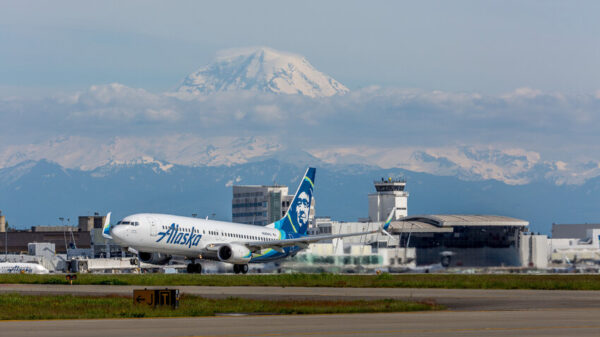The latest data reveals that Chicago O’Hare International Airport has overtaken Atlanta International Airport to become the busiest airport in the world for movements in October 2025. This shift in ranking highlights a significant change in global air travel dynamics, as O’Hare recorded over 2,418 daily movements, a remarkable 14% increase compared to the previous year. Overall, the ten busiest airports are responsible for more than 16,400 daily movements, illustrating their critical role in global aviation.
Looking at the data, O’Hare’s growth has propelled it to the top position, with Atlanta falling to second place with 2,153 daily movements, a modest 1% increase year-on-year. The remaining eight airports in the top ten include major hubs such as Dallas/Fort Worth, Denver, and Shanghai Pudong. Notably, Tokyo Haneda has dropped out of the top ten, replaced by the rapidly expanding Istanbul Airport, which recorded 1,474 daily movements in October.
Factors Driving O’Hare’s Rise
The elevation of O’Hare in the rankings can be attributed to several key factors. As a primary hub for both American Airlines and United Airlines, O’Hare has seen substantial activity across its runways. The airport is also the leading global facility for regional jets, which contributes significantly to its daily movement figures. This month, O’Hare’s passenger movements have surged to levels not seen since before the pandemic, despite American Airlines still operating 6% fewer flights than in October 2019.
American Airlines has played a vital role in O’Hare’s growth, adding an impressive 20 new routes this October, which include destinations such as Anchorage, Madrid, and San Juan. The airline’s strategic focus on expanding its Chicago network underscores its commitment to reclaiming its status at one of the busiest airports in the world.
In contrast, United Airlines has also expanded its operations, although at a slower pace of 11%. The competition between these two carriers has intensified, especially since United has publicly stated that American incurs losses of approximately $800 million annually in Chicago. Such financial implications highlight the complexities of operating in a highly competitive environment.
Insights into Global Airport Rankings
The rankings of the world’s busiest airports can vary significantly depending on the criteria used. For instance, while O’Hare excels in total movements, Atlanta still leads in terms of passenger seats available and total passengers carried. Dubai International Airport would rank first based on available seat miles, primarily due to its extensive long-haul operations.
The landscape of air travel is continuously evolving. If Beijing Daxing had not opened in 2019, its capacity would likely have kept Beijing Capital International Airport within the top ten rankings. As air travel continues to recover and adapt post-pandemic, these rankings will play a crucial role in understanding the shifting priorities and operational strategies of major airlines and airports around the globe.
As we move further into 2025, the competition among airports remains fierce. The ongoing adjustments in flight operations, coupled with strategic expansions by airlines, will likely influence future rankings and the overall dynamics of global air travel.


































































